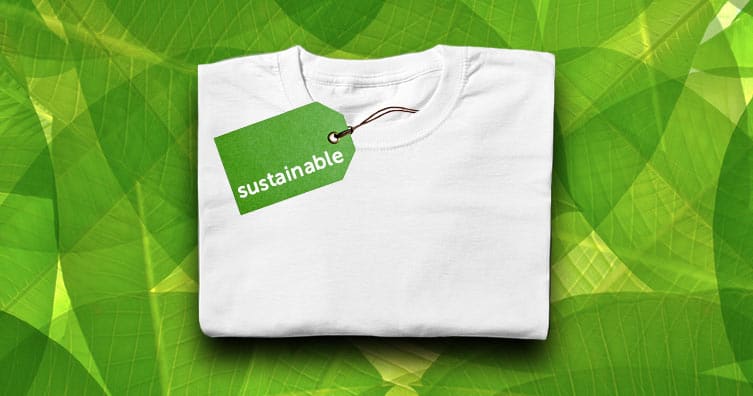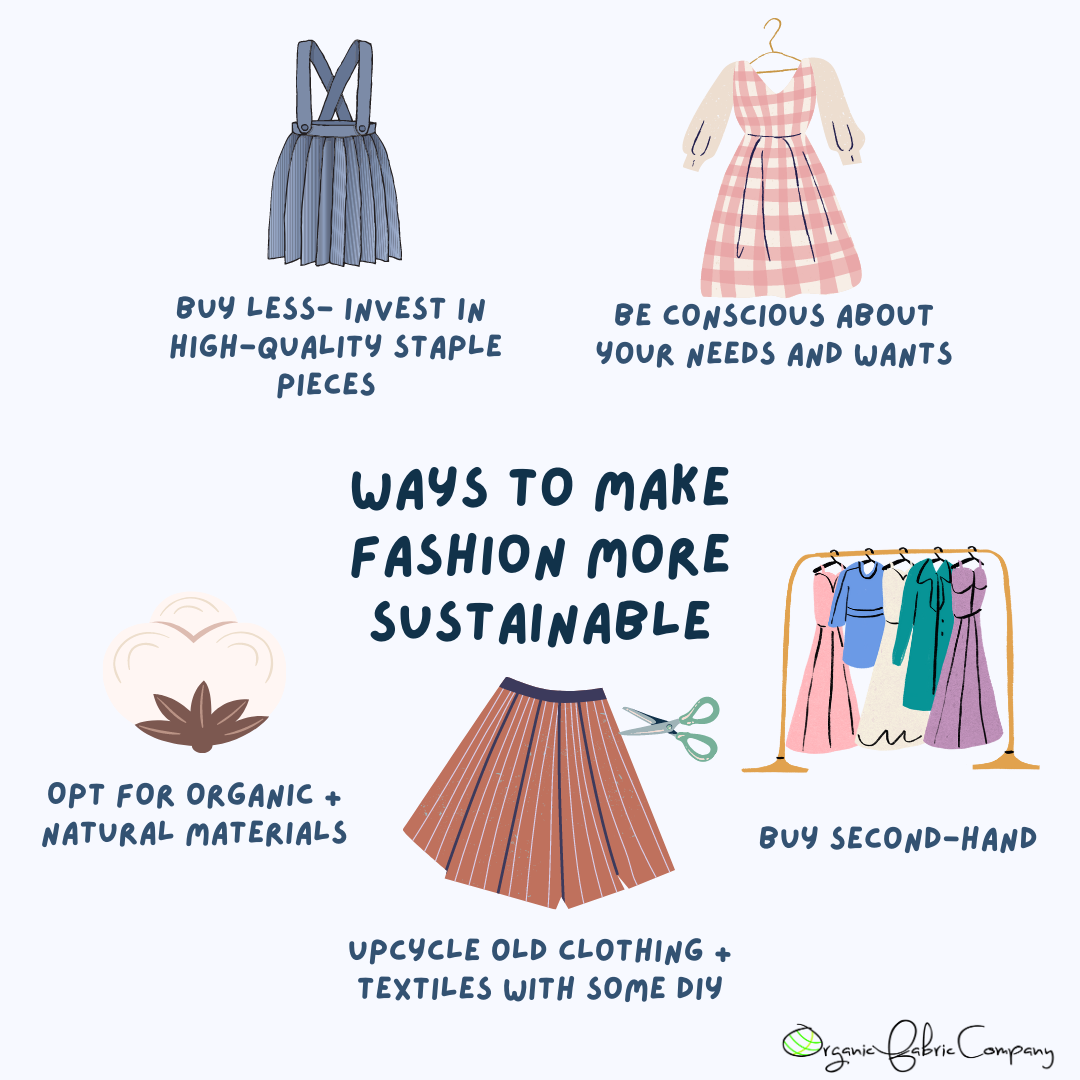Cape Town Sustainable Fashion: Redefining Style with Ethical Options
Cape Town Sustainable Fashion: Redefining Style with Ethical Options
Blog Article
Keep Ahead of the Curve by Discovering Innovative Fashion Fads
In a sector as vibrant as style, remaining in advance includes even more than simply complying with existing patterns-- it requires an exploration of technology. The convergence of innovation and fashion proclaims a brand-new era of customer interaction.

Accepting Smart Textiles
In the last few years, the apparel industry has observed a transformative shift with the combination of smart fabrics, an innovative innovation that mixes modern technology with fabric. This evolution stands for not just a combination of aesthetics and performance yet also a significant leap in the direction of sustainability and personalization in style. Smart fabrics, also recognized as e-textiles, embed sophisticated electronic devices such as sensing units and conductive threads within the textile, making it possible for garments to interact with the atmosphere or the wearer.
These fabrics are made to check physical parameters, such as heart rate or body temperature level, providing real-time wellness analytics. Beyond health and wellness applications, clever fabrics are likewise being used for flexible clothes, which can alter color or pattern in feedback to environmental stimulations, hence using a dynamic style experience.
Additionally, the development of energy-harvesting textiles that generate power from activity or sunshine is leading the means for self-dependent wearable modern technology. This advancement is appealing to eco aware consumers and designers intending to minimize the ecological impact of fashion. As r & d in this field development, clever fabrics are anticipated to come to be significantly widespread, reshaping the landscape of modern-day fashion with their multifunctional capacities.
The Increase of 3D Printing
Revolutionizing the production landscape, 3D printing has emerged as a game-changer in the apparel industry. This cutting-edge technology has made it possible for designers to press the limits of creative thinking, creating complex and tailored garments that were previously inconceivable. By leveraging digital layout and additive manufacturing, 3D printing assists in the creation of complicated geometries and patterns, allowing developers to trying out new appearances and frameworks.
A notable advantage of 3D printing in vogue is its capability to generate on-demand, decreasing waste and decreasing inventory demands. This efficiency not only enhances manufacturing processes but also enables quick prototyping, making it possible for designers to bring their visions to life in a much shorter duration. Furthermore, 3D printing supports customization somewhat unparalleled by traditional methods, supplying unique designs and individualized fits customized to private consumer preferences.
The rise of 3D printing has actually also democratized fashion, making it easily accessible to emerging developers who can currently produce premium items without significant financial investment in standard manufacturing infrastructure. As modern technology remains to advancement, the fashion market is positioned to harness the full possibility of 3D printing, checking out brand-new materials and techniques that will unquestionably redefine how fashion is conceived and generated.
Sustainable Style Innovations
As the apparel industry grapples with the pressing need for ecological duty, sustainable style developments have actually emerged at the forefront of transformative modification. The expanding understanding of ecological effect has sustained a shift towards even more eco-conscious methods and products. Brands and developers are now focusing on sustainability, incorporating methods that minimize waste and reduce carbon impacts.
One substantial development is the rise of round style, which highlights recycling and upcycling to prolong the lifecycle of garments. This technique not only minimizes waste yet likewise motivates customers to take on a much more mindful method to clothes consumption. Additionally, making use of lasting materials, such as natural cotton, hemp, and recycled polyester, has actually acquired grip. These materials require much less water and energy throughout manufacturing, dramatically reducing ecological internet impact.
One more advancement hinges on the fostering of innovative dyeing techniques that utilize waterless processes or all-natural dyes, consequently minimizing the vast quantities of water and chemicals generally used in textile dyeing. Additionally, innovations in biotechnology have caused the development of lab-grown natural leather and fabrics, providing environmentally friendly and cruelty-free choices to standard products. With these introducing initiatives, the garment industry is making purposeful strides towards a much more lasting future.

Tech-Integrated Garments
Tech-integrated clothing stands for a groundbreaking fusion of fashion and technology, reshaping find this how people communicate with their clothing. This cutting-edge domain is marked by the incorporation of clever textiles and ingrained electronic components, boosting both functionality and visual appeal. From health and fitness trackers embedded in sportswear to warmed coats managed via smart device apps, tech-integrated apparel supplies customers unprecedented ease and versatility.
Pioneering brand names are driving this pattern, concentrating on developing garments that reply to environmental stimulations or customer commands. For example, some garments can alter color or pattern in reaction to temperature level changes, while others incorporate biometric sensing units to monitor health and wellness metrics like heart price or stress and anxiety levels. The smooth assimilation of innovation into fabrics likewise includes environmental sustainability, with initiatives to develop self-cleaning materials or garments that change to weather, thus lessening the need for several layers.
Furthermore, the arrival of wearable innovation is not just restricted to clothing however encompasses accessories like watches and eyewear, additional widening the scope of tech-integrated style. As the sector proceeds to introduce, the capacity for modification and customization in clothing grows, providing consumers special, tech-enhanced fashion experiences that cater to their individual needs and choices.
Future of Virtual Style
Recently, the future of virtual style has arised as a transformative pressure within the sector, leveraging advancements in digital innovation to redefine how style is developed, experienced, and consumed. By incorporating enhanced reality (AR), digital truth (VIRTUAL REALITY), and 3D layout devices, developers can now craft interactive and immersive experiences that transcend typical fashion borders. Virtual fashion permits for the development of garments that exist solely in electronic environments, providing limitless possibilities for development without the restrictions of physical manufacturing.
This digital change not just provides opportunities for innovative expression but likewise addresses sustainability issues integral in traditional fashion practices. Cape Town Sustainable Fashion. By eliminating the requirement for physical sources, online style lowers waste and reduces carbon footprints. Moreover, the increase of digital fashion aligns with the explanation boosting customer demand for distinct and tailored experiences, as virtual garments can be tailored and customized to private preferences easily

Conclusion
The fashion market's future lies in the assimilation of innovative modern technologies and sustainable methods. Virtual fashion is poised to redefine consumer interactions.
In current years, the fashion sector has actually witnessed a transformative shift with the assimilation of smart fabrics, a cutting-edge technology that blends innovation with material.As the fashion market grapples with the pushing requirement for environmental responsibility, lasting fashion innovations have actually emerged at the forefront of transformative adjustment.In current years, the future of online fashion has actually arised as a transformative pressure within the market, leveraging innovations in electronic technology to redefine just how fashion is developed, experienced, and eaten. The rise of virtual style lines up with the boosting customer demand for individualized and distinct experiences, as digital garments can be tailored and customized to individual choices with convenience.
The fashion sector's future lies in the assimilation of lasting techniques and cutting-edge innovations.
Report this page